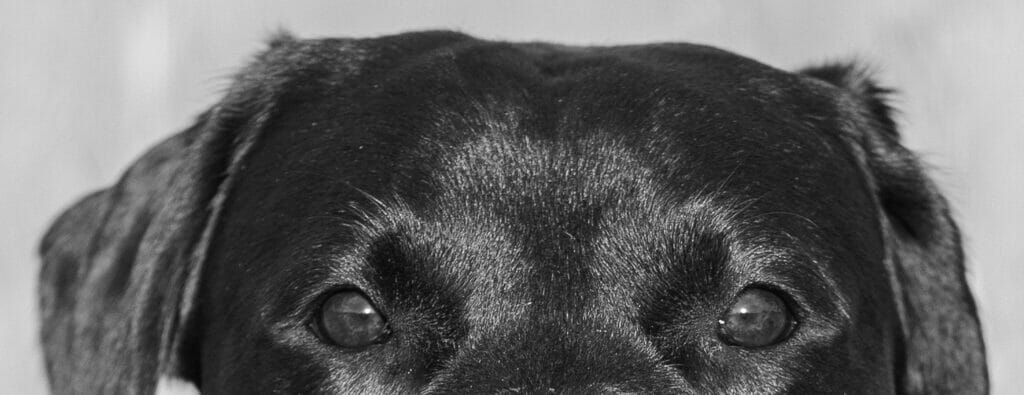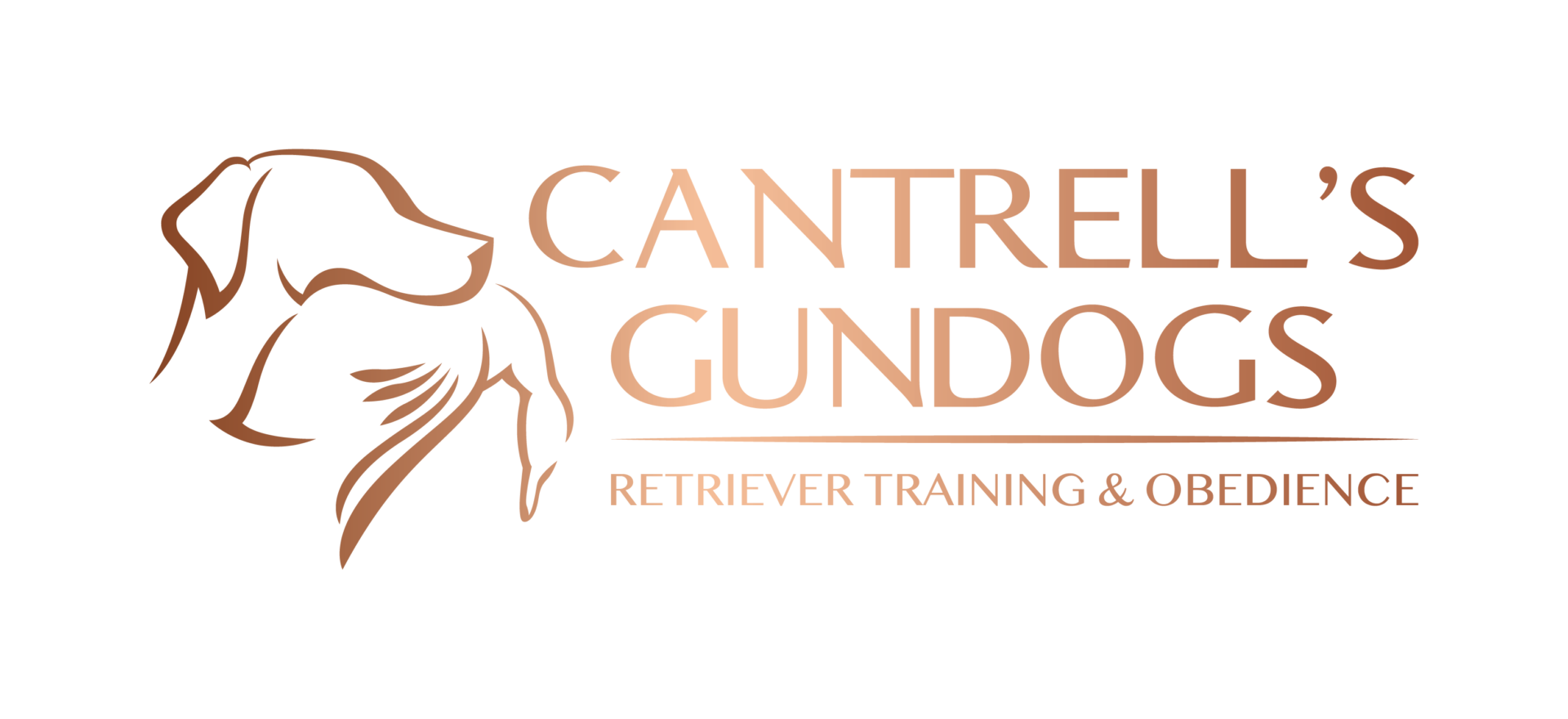Stargardt disease is a hereditary eye condition that affects Labrador Retrievers. It has been determined that the ABCA4 gene mutation associated with Stargardt Disease is present in the Labrador Retriever; however, the exact prevalence of the mutation among this breed is unknown.

What is Stargardt Disease?
Stargardt Disease shares a common feature with other forms of retinal degeneration such as Progressive Retinal Atrophy in that it is accompanied by the deterioration of the rod and cone photoreceptor cells in the retina. This results in impaired vision for the dog in both bright and low light environments. Furthermore, Stargardt Disease is classified as a progressive condition and its impacts will become more pronounced with age.
What are the symptoms of Stargardt disease in dogs?
Dogs that are afflicted with Stargardt disease usually start exhibiting symptoms before they reach ten years of age. Typical signs include vision loss, dilated pupils and a decreased reaction to light. While complete blindness is not typically the result, affected animals do typically experience some degree of vision deficiency.
How is Stargardt disease diagnosed in dogs?
During a veterinary eye exam, potential changes in reflectivity and the appearance of the Tapetum (a structure behind the retina which allows for superior vision in low light conditions) may be examined, along with the possibility of thinning of the retinal blood vessels.

However, the most reliable method is genetic testing, which will confirm whether the dog is affected, a carrier or clear of the disease. Stargardt Disease is inherited in an Autosomal Recessive manner in dogs, therefore, it requires that they receive two copies of the disease-causing gene (one from each parent) to develop the disease. Generally, carriers of the mutation present no visible symptoms but there is a risk of producing affected offspring if two carriers of the same mutation are bred together. Stargardt Disease is inherited in an Autosomal Recessive manner in dogs, therefore, it requires that they receive two copies of the disease-causing gene (one from each parent) to develop the disease. Carriers of the mutation present no visible symptoms yet during a mating with another carrier of the same Mutation, there is a possibility of producing affected pups. As the symptoms do not usually surface until adulthood, it is advised to perform genetic tests before undertaking the breeding process. It is advised that carriers of this mutation not be bred together in order to prevent the possibility of producing pups with this mutation and to remove it from breeding lines. Those dogs which do not carry the gene are not in any increased risk of having affected puppies.
Is there a treatment for Stargardt disease in dogs?
Although there is currently no cure for STGD and affected dogs might feel some discomfort or find certain things more challenging, don’t worry – their life span won’t be affected in any way. Through appropriate training and approach tailored to their needs, they can live happy lives!
References:
- Mäkeläinen S, Gòdia M, Hellsand M, Viluma A, Hahn D, Makdoumi K, Zeiss CJ, Mellersh C, Ricketts SL, Narfström K, Hallböök F, Ekesten B, Andersson G, Bergström TF. An ABCA4 loss-of-function mutation causes a canine form of Stargardt disease. PLoS Genet. 2019 Mar 19;15(3):e1007873. doi: 10.1371/journal.pgen.1007873. PMID: 30889179; PMCID: PMC6424408.
